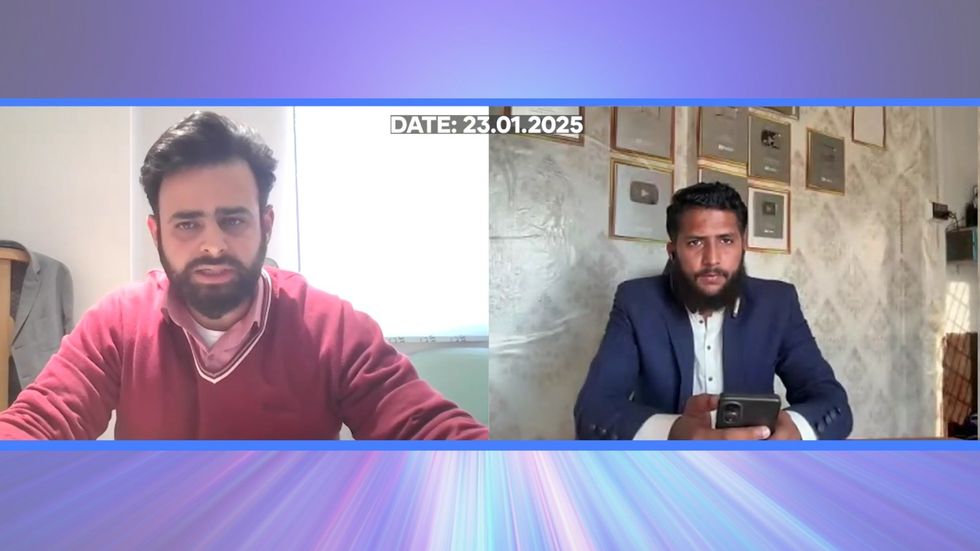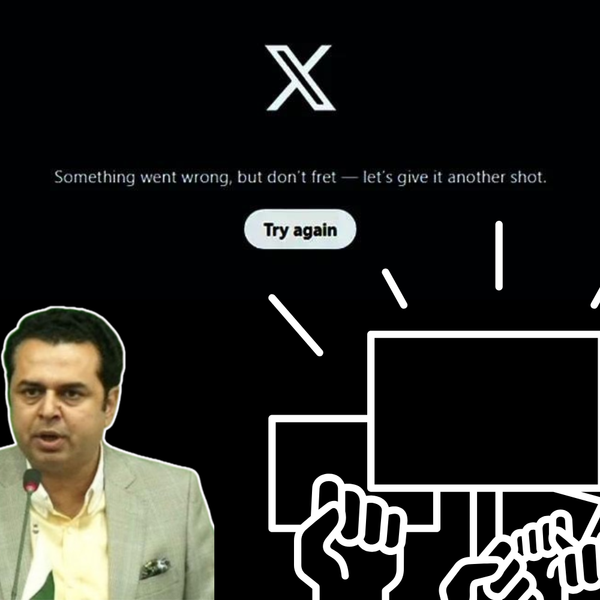YouTube play button village: Fact, fiction or business?
Villagers in Rahim Yar Khan say their community has earned more than 125 silver and gold YouTube play buttons, sparking social media buzz

Murtaza Dar
Editor, Lahore
Murtaza is a journalist and digital strategist with over two decades of experience in the media industry, having held leadership positions in Pakistan’s leading media organizations
Claims of 125+ YouTube play buttons in village debunked by local journalists who found fewer than 12
Village mentor Haider Ali repeatedly failed to provide proof of channel ownership
Many villagers work as unpaid trainees or receive minimal wages under Ali's guidance
In a village where dirt roads wind between mud-brick houses, an unusual collection of metallic plaques gleams from doorways and living room walls. These aren't traditional decorations — they're YouTube play buttons, symbols of digital success that have turned Basti Abdur Rahman into a content creation hub.
Social media has been buzzing with reports that this remote community has collectively earned over 125 silver and gold YouTube play buttons, awards given to channels reaching 100,000 and 1 million subscribers respectively. The notion of an entire village mastering content creation has captured global attention, and like many others, I was intrigued by this remarkable claim.
Haider Ali has been at the center of this viral story. In multiple interviews on television and social media, he has claimed that all 80 houses in his village are home to content creators. According to Haider, the village has amassed over 30 Gold and more than 100 Silver YouTube Play Buttons in just one and a half years.
However, upon deeper investigation, the reality appeared to be quite different.
Local journalist Uzair-ul-Haq, who works for a TV news channel, cast doubt on Haider Ali's claims. "Haider Ali does not own these Play Buttons," he stated. "While there are content creation teams working in the village, there is no proper verification of these awards. Haider has not provided any concrete evidence of their authenticity. According to some sources, these Play Buttons may have been manufactured or printed elsewhere."
Another journalist, Uzair Chaudhary, who visited the village for coverage, also questioned the authenticity of these claims. "During conversations with locals, I discovered that none of them had seen more than 10 to 12 Play Buttons," he stated. "Many villagers were uncertain about the actual number, and they were reluctant to discuss it on camera."
Despite the skepticism, Haider Ali has drawn attention from both local and international media. His story of transforming his village into a hub for digital content creators has been widely reported. He also claims to have educated villagers about content creation, helping them generate income through YouTube.
More than meets the eye
When we spoke with Haider, he promised to provide a list of the 130 YouTube channels that had allegedly earned Play Buttons, but he never delivered on this promise.

Upon closer examination of Haider's YouTube channels, we found that much of the content consisted of original short-form videos. However, some videos appeared to be in Chinese, raising further questions about their source. To clarify this, we reached out to Syed Fawad Rizvi, CEO of Black Loup Digital, a company that works with content creators globally.
"YouTube and Facebook are banned in China," Rizvi explained. "Some people access Chinese platforms like Bili Bili and Youku through VPNs, download videos, modify them using AI, and re-upload them on YouTube and Facebook to attract views and generate revenue. This is an easy shortcut to content creation."
Content creator village or business?
While Haider Ali has inspired many in Basti Abdur Rahman, his activities have raised ethical concerns. Many villagers now view him as a role model and work under his guidance, often without fully understanding the implications of their actions.
Reports suggest that Haider charges PKR 10,000 to create YouTube channels and is involved in buying and selling channels within the village. Sources claim that he takes between 50% and 80% of other creators' YouTube earnings. Many who receive training under him end up working for him at minimal wages, while others remain unpaid as trainees.
While the story of Basti Abdur Rahman's YouTube success is fascinating, it appears to be a business model centered around Haider Ali rather than a genuine community achievement. Though many villagers are entering the digital world under his guidance, their true growth and independence remain questionable.
This serves as a reminder that not every viral news story is what it seems. It’s always essential to look beyond the headlines and uncover the full truth before celebrating a success story that may not be as genuine as it appears.








Comments
See what people are discussing